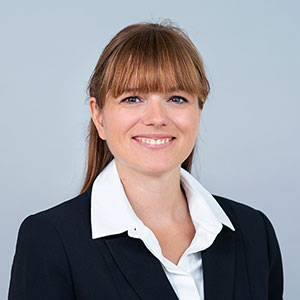Author: Joanna Lubowiecka, PMP

Effects of recent and upcoming AI discoveries by Annar Merirand
The session started with explaining general terms in the area of AI together with a roadmap of its development - here, we stopped and gave it a moment to understand where we are currently.

Basically, we have Narrow AI and Weak AI which is capable of doing narrow set of tasks as eg. recognising or creating speech and recognizing or creating images. The AI explosion is happening now because we have access to two components: scalable computing power and high quality data.
The other thing which was pointed out is the difference between Narrow AI and AGI (Artificial General Intelligence). This introduction could help us imagine more easily what will come next with a great example of having a video call with AI tools which will change how we learn and work.
Afterwards we dived into opportunities and risks that bring AI into individual, organizational and societal aspects of our lives.
Giving just a few examples of each while using LLM-s (currently chatGPT, Bard AI etc.):
|
Individual opportunities |
Individual risks |
|
Immediate feedback on your ideas |
Scamming and phishing is getting more refined |
|
Refine written content for emails and presentations |
Spam phone calls with speech synthesis |
|
Speed up software development and problem solving |
Providing inaccurate answers with high confidence |
|
Organizational opportunities |
Organizational risks |
|
Performance improvement and automation of routine tasks |
GIGO - Garbage In, Garbage Out |
|
Improving Intranet search |
IT security - more sophisticated attacks |
|
Getting the IT teams and infrastructure ready for what comes next. |
Data leaks |
|
Societal opportunities |
Societal risks |
|
Industrial automation |
Technological Unemployment and skills gap |
|
Automation on repetitive tasks |
Bad Actors - criminal organizations, terrorists , states… |
|
Improving the continuous learning |
Losing control of the AI development |
Those aspects brought an awareness of both, positive and negative aspects of the AI which shall be considered in our private and professional lives.
At the end we had been given a few books proposals that goes deeper into the topic of AI and might be very useful to understand the changes we are facing now.

* Article was created on the personal session experience, backuped with speaker presentation.




